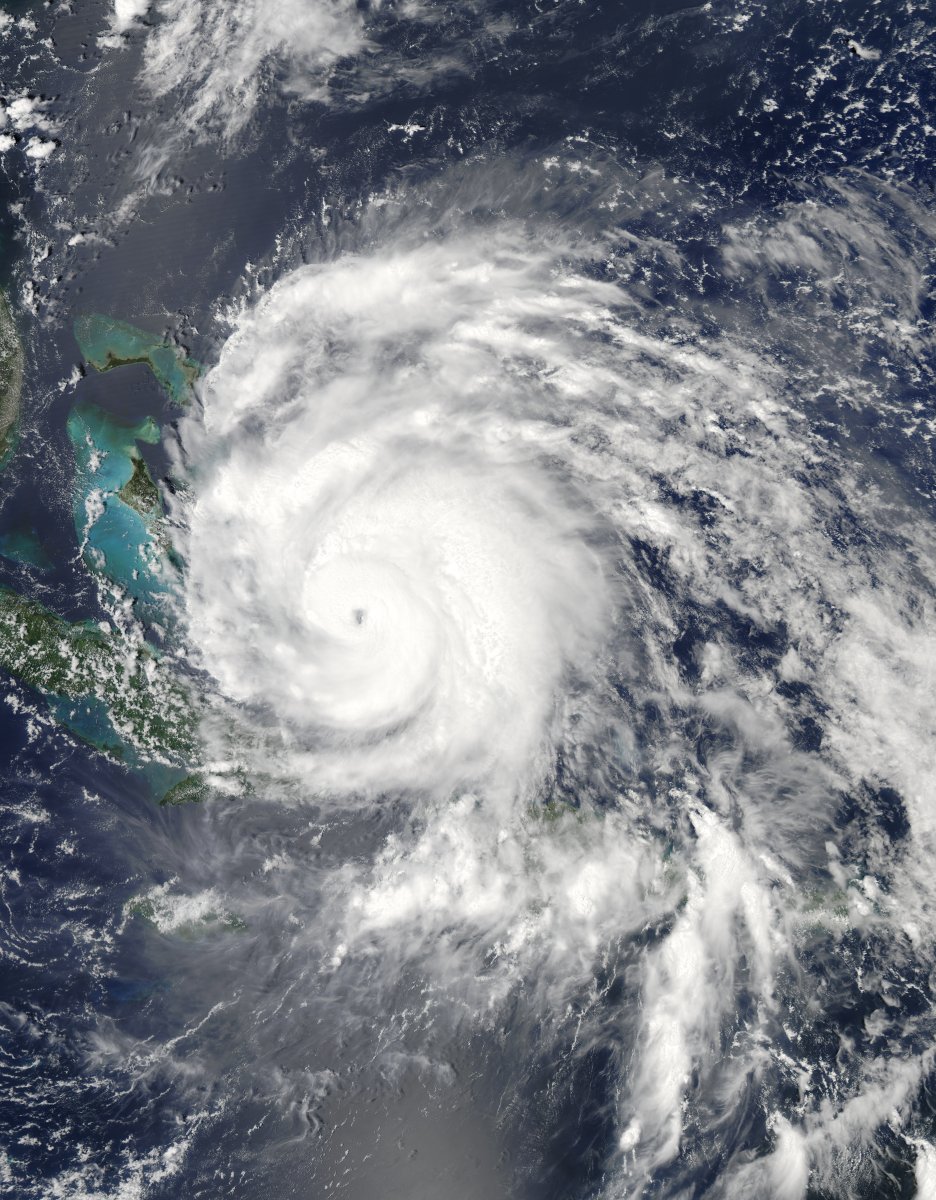Hurricane Irene was a large and destructive tropical cyclone which affected much of the Caribbean and East Coast of the United States during late August 2011. The ninth named storm, first hurricane, and first major hurricane of the 2011 Atlantic hurricane season, Irene originated from a well-defined Atlantic tropical wave that began showing signs of organization east of the Lesser Antilles. Due to development of atmospheric convection and a closed center of circulation, the system was designated as Tropical Storm Irene on August 20, 2011. After intensifying, Irene made landfall in St. Croix as a strong tropical storm later that day. Early on August 21, the storm made a second landfall in Puerto Rico. While crossing the island, Irene strengthened into a Category 1 hurricane. The storm paralleled offshore of Hispaniola, continuing to slowly intensify in the process. Shortly before making four landfalls in the Bahamas, Irene peaked as a 120 mph (190 km/h) Category 3 hurricane.
Thereafter, the storm slowly leveled off in intensity as it struck the Bahamas and then curved northward after passing east of Grand Bahama. Continuing to weaken, Irene was downgraded to a Category 1 hurricane before making landfall on the Outer Banks of North Carolina on August 27, becoming the first hurricane to make landfall in the United States since Hurricane Ike in 2008. Later that day, the storm re-emerged into the Atlantic from southeastern Virginia. Although Irene remained a hurricane over water, it weakened to a tropical storm while making yet another landfall in the Little Egg Inlet in southeastern New Jersey on August 27. A few hours later, Irene made its ninth and final landfall in Brooklyn, New York City. Early on August 29, Irene transitioned into an extratropical cyclone while striking Vermont, after remaining inland as a tropical cyclone for less than 12 hours.
Throughout its path, Irene caused widespread destruction and at least 49 deaths. Damage estimates throughout the United States are estimated near $13.5 billion, making Irene one of the costliest hurricanes on record in the country. In addition, monetary losses in the Caribbean and Canada were $830 million and $130 million respectively for a total of nearly $14.2 billion in damage.

2011Aug, 27
Hurricane Irene strikes the United States east coast, killing 47 and causing an estimated $15.6 billion in damage.
Choose Another Date
Events on 2011
- 25Jan
Egyptian Revolution of 2011
The first wave of the Egyptian revolution begins throughout the country, marked by street demonstrations, rallies, acts of civil disobedience, riots, labour strikes, and violent clashes. - 11Feb
Egyptian Revolution of 2011
The first wave of the Egyptian revolution culminates in the resignation of Hosni Mubarak and the transfer of power to the Supreme Military Council after 18 days of protests. - 11Mar
2011 Japanese tsunami
An earthquake measuring 9.0 in magnitude strikes 130 km (81 mi) east of Sendai, Japan, triggering a tsunami killing thousands of people. This event also triggered the second largest nuclear accident in history, and one of only two events to be classified as a Level 7 on the International Nuclear Event Scale. - 12Mar
2011 Tōhoku earthquake and tsunami
A reactor at the Fukushima Daiichi Nuclear Power Plant melts and explodes and releases radioactivity into the atmosphere a day after Japan's earthquake. - 12Nov
European sovereign debt crisis
Silvio Berlusconi tenders his resignation as Prime Minister of Italy, effective November 16, due in large part to the European sovereign debt crisis.

 English
English  español
español  français
français  português
português  русский
русский  العربية
العربية  简体中文
简体中文